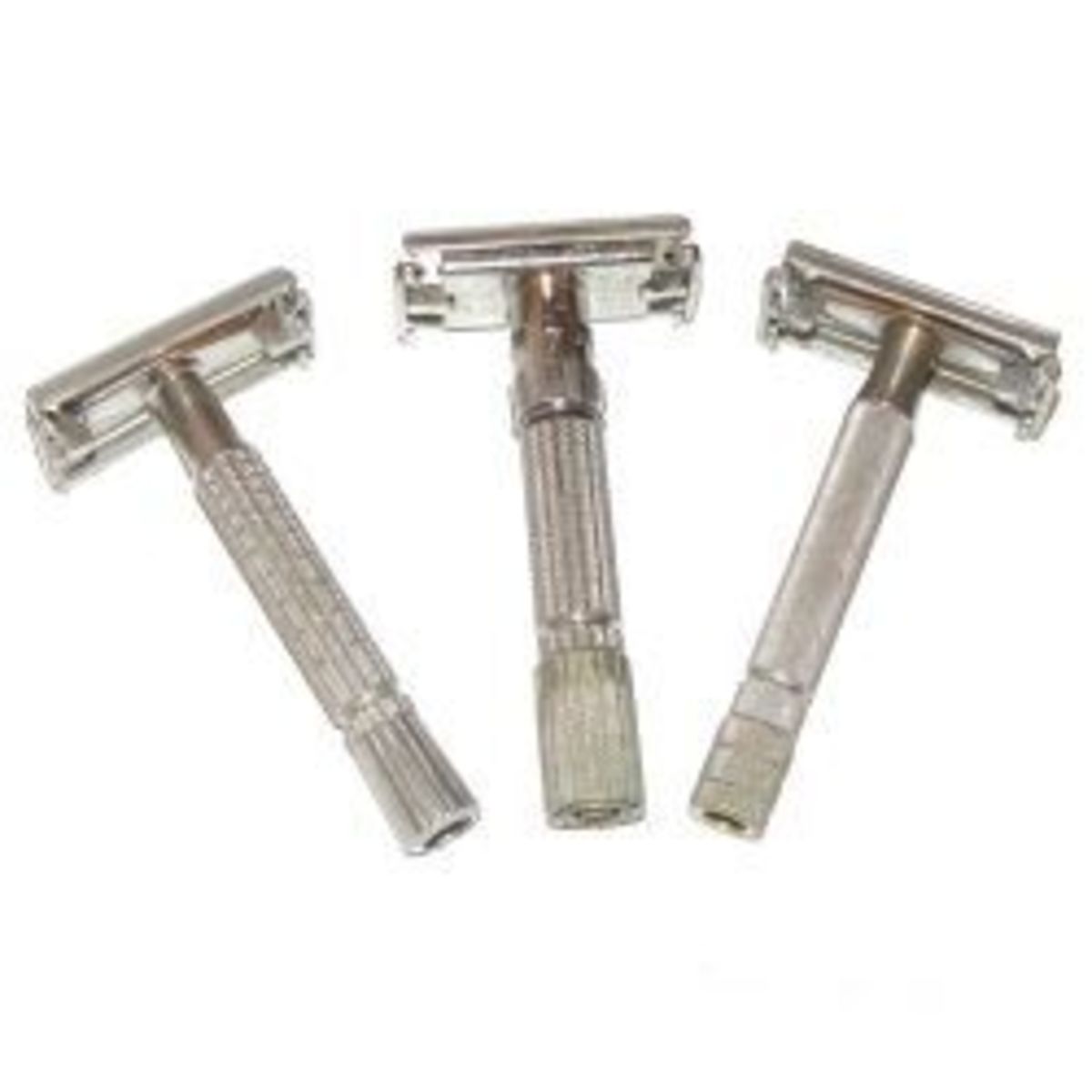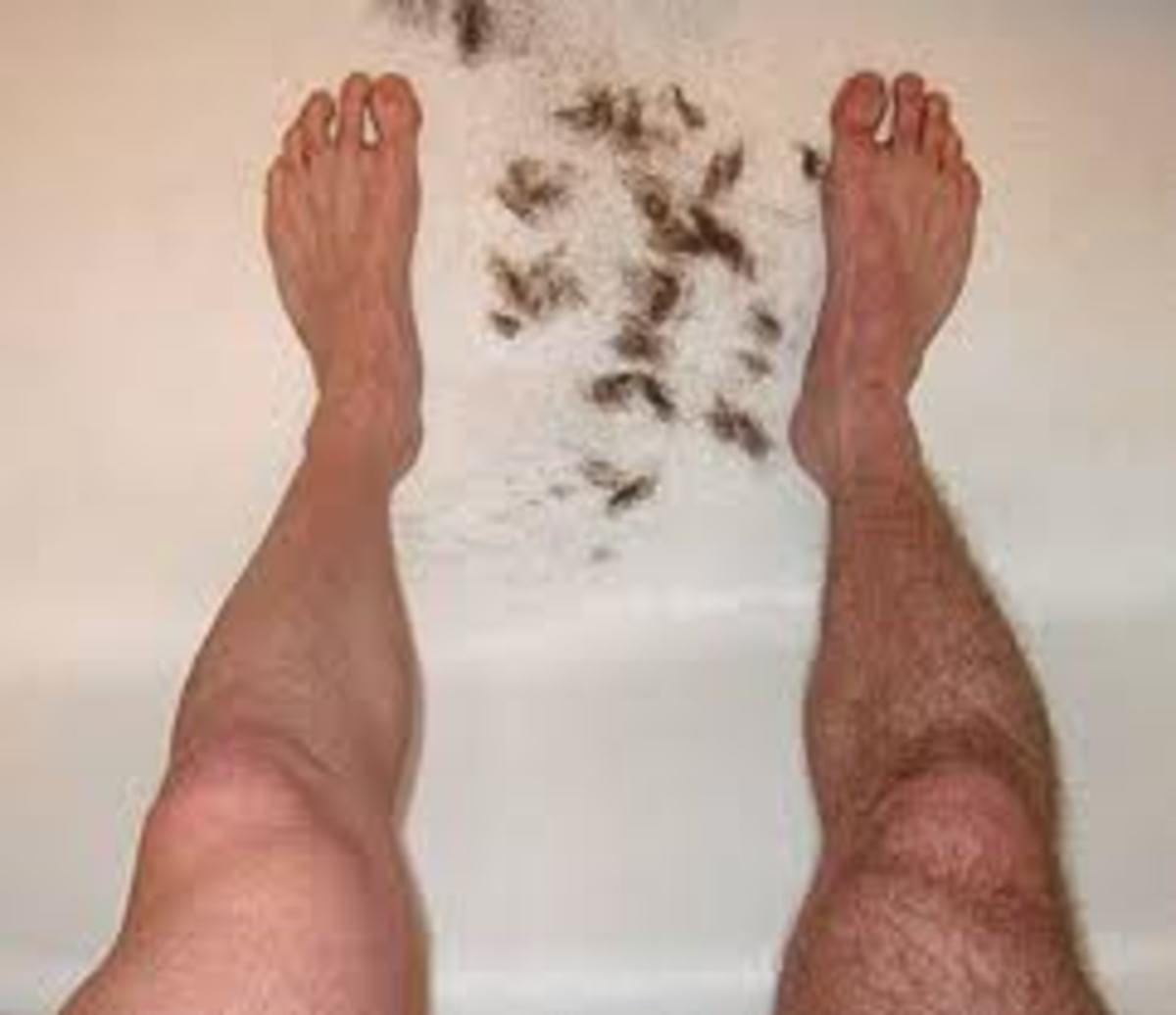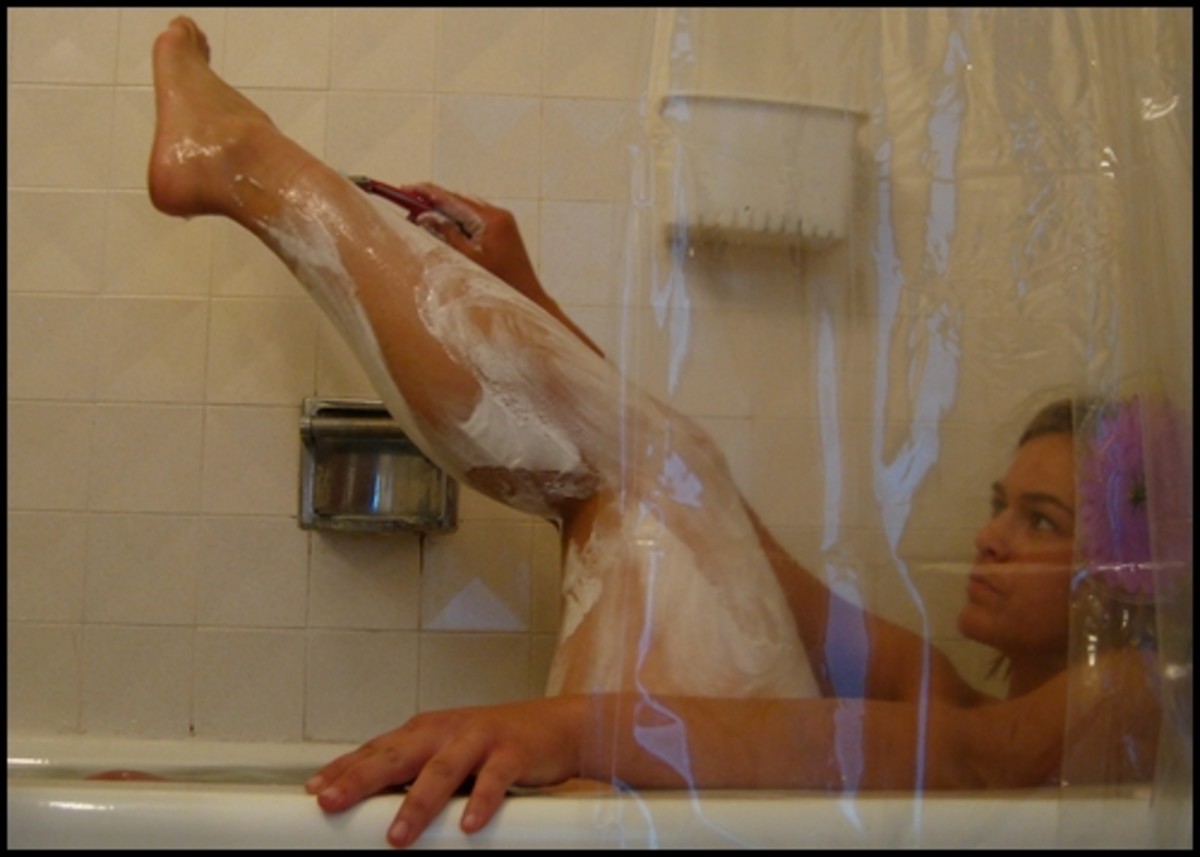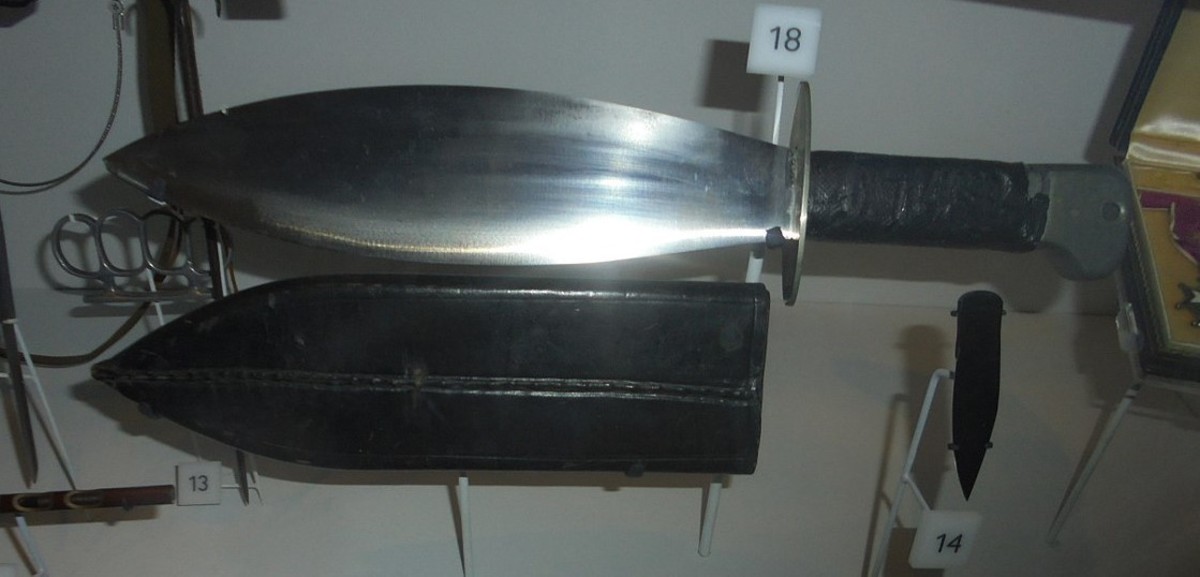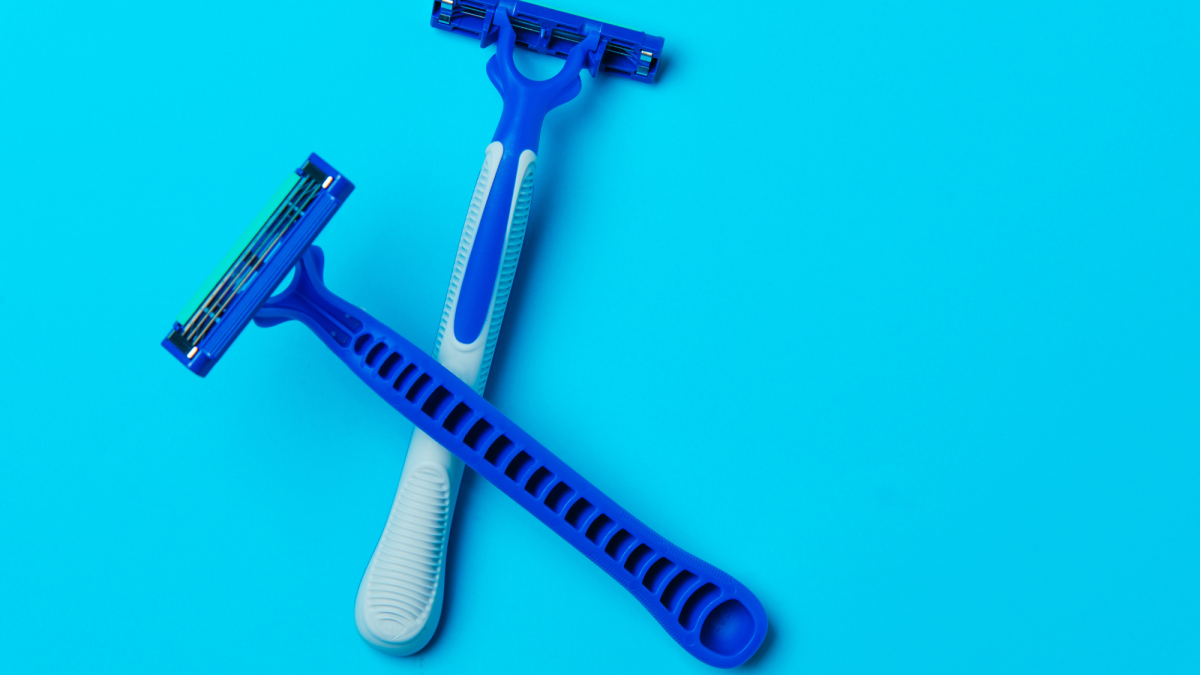5 Shaving Tools You Need To Know About
You might be new to the shaving or you already have a routine, but want to learn more. This article might be for you regardless.
There is five different tool to use when shaving:
- The shaver
- The straight razor
- The safety razor
- The cassette razor
- The disposable razor.
No madder if you prefer the clean-shaved look or if you like to sculpt the whiskers, you deserve your best shave. Read on to learn more about each tools.
And remember, no tool is lesser than the other. It's up to personal preferences.

Safety warning!
Remember that shaving means having a bare blade against your face. And that blades sharpness is beyond this world. A scar in the face might be cool on a super-villain, but in real life, you might want to think twice.
Shaving isn't rocket-science. The key is confidence, a steady hand and quality products. Don't by blades and foam from the lower shelves just because it's cheap. The higher the price, the more comfort you get.
You can expected some minor cuts. If you feel insecure, you can train on your arms. But the best thing is to just try to get over it. You only gets cut if the blade goes sideways or you have cheap products.
Steps in shaving:
1. Wash your face with hot water. Wipe lightly.
2. Lather up.
3. Shave round 1 in the hairs direction. Rinse blade with hot water.
4. Lather up again.
5. Shave round 2 against the hairs direction (preferable to use a new razor if using disposable). Rinse blade with hot water.
6. Wash face with cold water. Dab a towel to dry.
7. Wash face with alcohol-based aftershave. If some spots burns, it's a risk of infection. Use more.
8. Hydrate.
Using a shaver? Ignore the previous list and safety warning. Just go ahead and shave.
Shaver
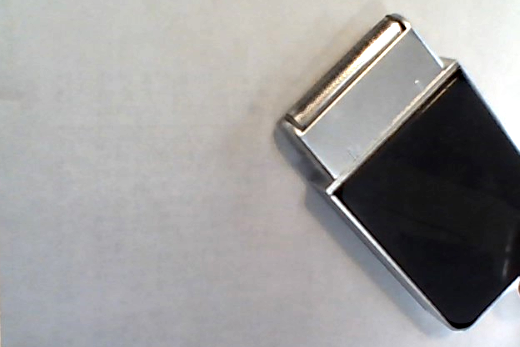
A shaver is an electronic device, powered ether by battery or outlet. An electric motor powers the blade(s). The blade can ether be rotating or vibrating from side to side. A metallic plate with lots of tiny holes separate the blade from the skin.
Using a shaver is the safest method around and its recommended for teenagers in the puberty, but everyone can use it if they like the comfort. As it's a plate between the blade and skin, there is no chance for injuries. And you don't need to prepare the skin before the shave, nor you have to use using moisturizer.
The bad thing is that this method always leaves small stubble as the blade can get as close as the other methods. And if you are running on battery power, the lesser power you have, the more the blade will pull instead of cutting the hair. Recommended is charging before every shave.
Straight Razor
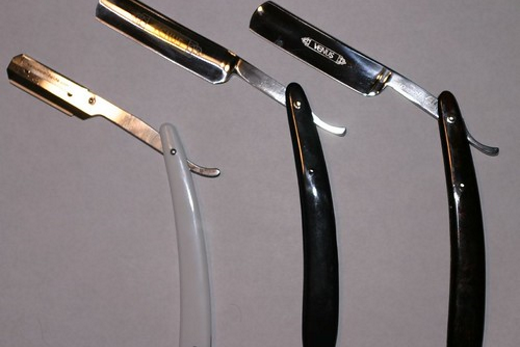
A straight razor (also called a cut-throat razor) is a ridiculously sharp knife that cuts the hair with minimal effort. The straight razor is a switch-blade without tip. The straight razor is the oldest method and probably leaves the best result. Before every shave, to decrease the risk of cutting accidents, straighten the blade. To do so, you need a razor strop, preferable made of leather (but they could also be made of canvas, denim or balsa wood).
What a razor strop does is it re-aligns part of the blade that have gotten bent and could cause a cut. It also polish and clean the blade. And in some cases, it can sharpen the blade by removing a small amount of metal.
To use the straight razor, you need a steady hand, a thick shaving cream and training. Remember that the blades sharpness is beyond this world, and there is no guards. If you make a mistake, there will be blood, and you could cut your throat. Don't train on your face. Always use a thick shaving cream from the top shelves. The reason you would use this suicide-device is that it leaves the best shaving result of them all.
Safety razor
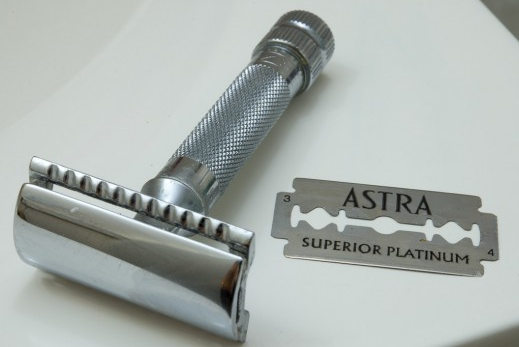
The safety razor is a handle made for a universal, double-sided razor blade. It's the oldest of the handle-based razors, and the result you get is a silk-smooth and comfortable shave. The reason they are using a double-sided blade is because you are supposed to shave twice per round. One shave in the hairs direction to get the bulk down, and one shave against the hairs direction to get closer to the skin.
The invention of the safety razor was to have a safer option from the straight razor. The shape of the head makes it easier to hold in the right angle. But you should still be caution about side-way motions. And remember, the safety razor is a more sophisticated way of shaving than a regular disposable razor, get the other paraphernalia (brushes, cream exc.).
The downside is that the blade is really close to the skin and will turn your face to minced meat if you don't know what you are doing. But that advice goes for all the other tools as-well. But remember this: the fewer the blade, the more comfort you get. More blades is more hair gets cut. And the safety razor only have one blade in each direction.
Cassette blade
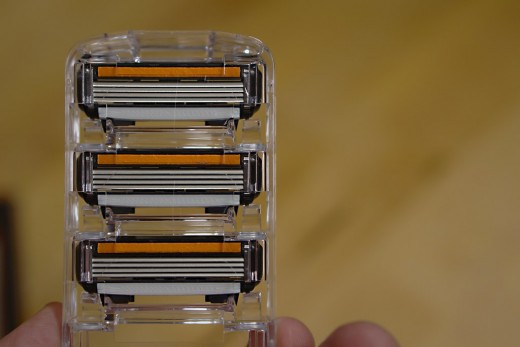
You may have tried the safety razor and liked the ease compared to a straight razor, but disliked the fiddling with the small and sharp blade. Then a cassette razor might be for you. The cassette razor consists of a handle and a cassette pre-filled with three or more razor-blades. The cassette usually lasts for more than one turn, but as the blades gets worn, you need to change it. A modern cassette could come with several feature, like joints to follow the curves of the skin, trim-blades to sculpt the beard or maybe a whole bunch of blades to get as much hair as possible.
The difference is from a safety razor is that the blade is more concealed and packed in a cassette. You will never have to touch the metallic blades itself. And as the cassette is loaded with three or more blades, it means lesser hair gets missed per stroke.
But the downside is also because it have three or more blades. Fewer blades mens more comfort, so more blades gives more discomfort. The after-care is crucial to prevent rashes. And as the cassette is more complicated (especially the modern ones with joints and trim-blades), the blade gets very pricey.
Disposable razor
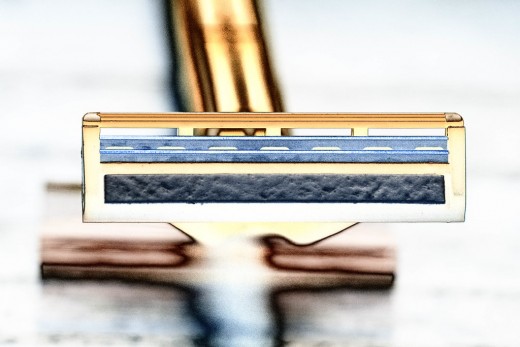
The disposable razor is a cheap razor intended to throw away after each use. The disposable razor are made for the common man with different economical priorities, without sacrificing quality. The disposal razor isn't a bad razor, not at all. It's just a different kind. Used right, it gives the same result as the safety razor, but with two blades, it gets more hair per stroke. And because it got fewer blades that a cassette razor, it irritates less.
The disposable razor is in one unit and is pre-loaded with one or two blades. The razor is fairly cheap to manufacture because the lower grade material (as you are supposed to throw it away after use). The steel that the blades are made of is a lower quality that gets dull fast, a cheaper disposable razor doesn't even lasts till round two.
A cheap straight razor could be too cheap to consider, but a cheap disposable get too cheap as you usually have a lower expectation about it. New blades are always sharp from the laser-sharpening in the factory. But a cheap shaver will lose power, need lubricant and get dull. Cheap straight razor gets bent and/or dull and will be a pain to use. Cheap safety razor handle will have a cheap feel and won't be durable. A cheap cassette razor will eat your wallet as they last slightly longer than a disposable. But a cheap disposable razor only doesn't last long. But as they are around 50 cent each worst case scenario is that the shave cost $1.

